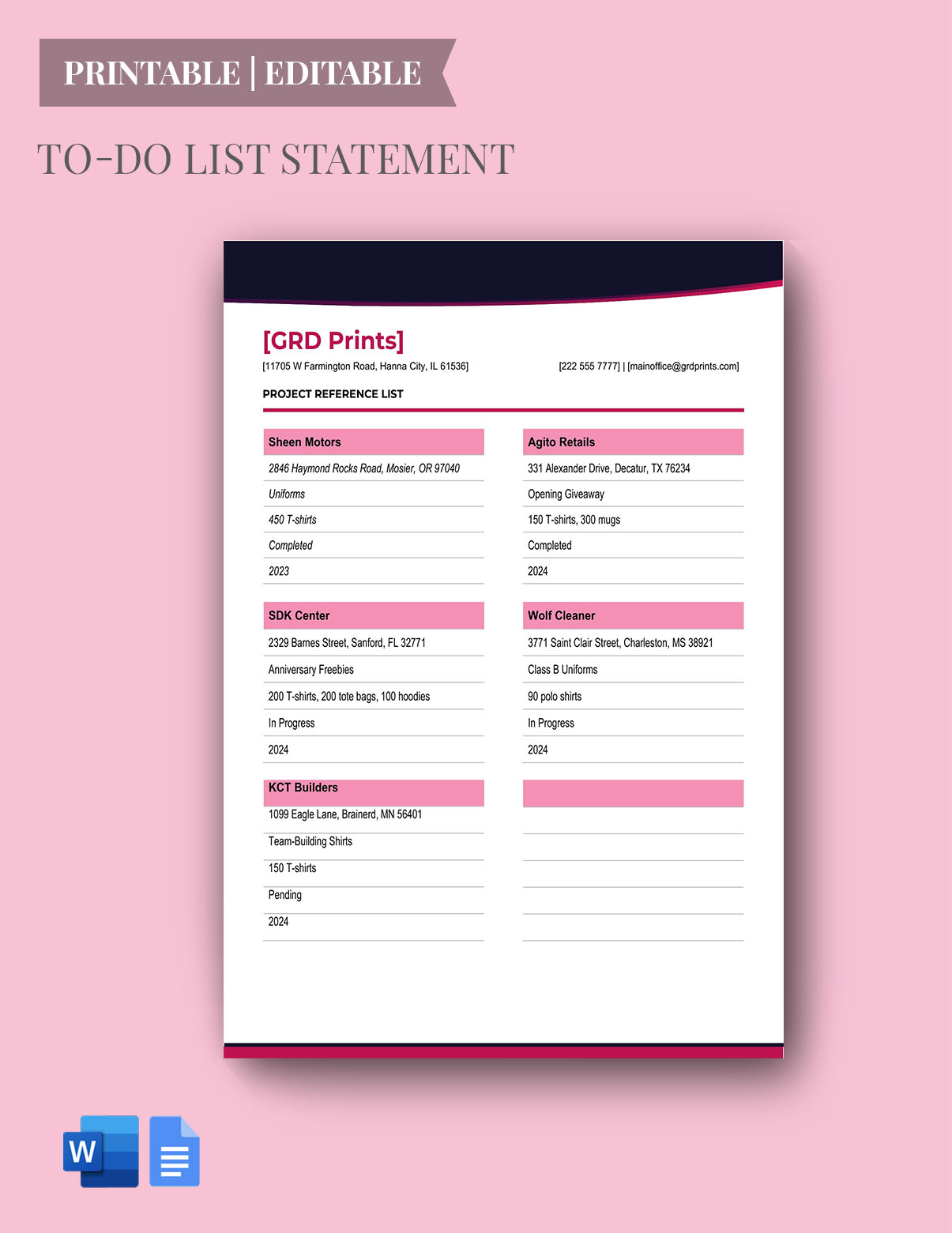Master the art of Harvard referencing and elevate your construction documentation from amateur to expert-level with our comprehensive industry guide.
In today’s complex construction landscape, proper documentation and citation are crucial for maintaining professional standards and ensuring compliance. Whether you’re preparing technical specifications, project reports, or research documents, understanding Harvard referencing is essential for construction professionals. This guide will walk you through everything you need to know about implementing Harvard referencing in your construction documentation.
Understanding Harvard Referencing in Construction
Harvard referencing, also known as the author-date system, is widely adopted in construction documentation due to its clarity and efficiency. This system provides a standardised method for citing sources, making it easier for readers to trace information back to its original source. In the construction industry, where accuracy and accountability are paramount, Harvard referencing helps establish credibility and demonstrates professional due diligence. The system is particularly valuable when citing technical specifications, building regulations, and industry standards that form the backbone of construction projects.
The construction industry relies heavily on referencing various sources, including building codes, technical standards, manufacturer specifications, and research papers. Harvard referencing provides a consistent framework for citing these diverse sources, ensuring that all stakeholders can easily verify information and maintain compliance with industry regulations.
Essential Components of Harvard Referencing
In-Text Citations in Construction Documents
When incorporating citations within construction documents, follow these essential guidelines:
- Basic citation format: (Author, Year)
- Specific page reference: (Author, Year, p. X)
- Multiple authors: (Smith & Jones, 2023) or (Smith et al., 2023) for three or more authors
- Corporate authors: (British Standards Institution, 2024)
- Direct quotes: Must include page numbers and be enclosed in quotation marks
Creating Reference Lists for Construction Materials
Your reference list should be alphabetically ordered and include all sources cited in your document. Here’s how to format different types of construction-specific sources:
- Technical standards: Standard Number. (Year). Title of Standard. Organisation.
- Building regulations: Government Body. (Year). Title of Regulation. Publisher.
- Manufacturer specifications: Manufacturer Name. (Year). Product Title [Technical specification].
- Industry reports: Organisation. (Year). Report Title. Available at: URL (if online).
Practical Applications in Construction
Citing Building Regulations and Standards
Building regulations and standards form the cornerstone of construction documentation. When citing these sources, maintain consistency and accuracy using the following format:
- For Building Regulations: (HM Government, 2023, Approved Document B)
- For British Standards: (BS EN 1990:2002+A1:2005)
- For Technical Guidance: (NHBC Standards 2024)
Referencing Technical Drawings and Specifications
Technical drawings and specifications require special attention in Harvard referencing. Include the following elements:
- Drawing number and revision
- Author/Designer
- Date of creation or revision
- Project reference number
- Scale and format information
Common Challenges and Solutions
Construction professionals often encounter specific challenges when implementing Harvard referencing. Here are solutions to common issues:
- Digital Resources: Include DOI numbers where available and access dates for online resources
- Multiple Stakeholders: Use corporate authors for organisation-produced documents
- Updated Standards: Always cite the most recent version unless specifically referencing an older edition
- Industry-Specific Documents: Create consistent formats for non-standard document types
Harvard Referencing Best Practices for Construction Professionals
To maintain professional standards in your documentation, follow these best practices:
- Keep a master reference list for commonly used sources
- Use reference management software designed for technical documentation
- Regular updates to ensure compliance with current standards
- Implement quality control checks for reference accuracy
- Maintain consistent formatting across all project documentation
Implementing Harvard Referencing in Your Organisation
Successfully implementing Harvard referencing across your organisation requires a systematic approach. Start by developing a standardised referencing guide specific to your organisation’s needs. Train staff on proper citation methods and establish quality control procedures to ensure consistency. Consider implementing digital tools and templates to streamline the referencing process.
Key implementation steps include:
- Creating organisation-specific referencing guidelines
- Developing templates for common document types
- Establishing review procedures for reference accuracy
- Regular training sessions for staff members
- Periodic audits of documentation quality
Final Thoughts and Moving Forward
Mastering Harvard referencing is crucial for construction professionals aiming to produce high-quality documentation. By following this guide and implementing consistent referencing practices, you’ll enhance the credibility of your work and ensure compliance with industry standards. Remember that proper referencing not only demonstrates professionalism but also protects your organisation from potential liability issues.
Start implementing these guidelines in your next project, and you’ll soon see the benefits of a well-structured referencing system. Keep this guide handy as a reference, and don’t hesitate to adapt the principles to meet your specific project needs while maintaining the core requirements of Harvard referencing.
FAQ
How do you start a sentence with Harvard reference?
Using in-text citations The last name of the author(s) and the year of publication are generally needed. They can appear within a sentence or at the end of a sentence before the full stop eg. …. this week (Brown 2019). A page number is included for a direct quote.
Sources
[1] https://www.citethisforme.com/us/citation-generator/harvard
[2] https://www.umu.se/en/library/search-write-study/writing-references/harvard-references-in-text/
[3] https://www.unsw.edu.au/student/managing-your-studies/academic-skills-support/toolkit/referencing/harvard


Leave a Reply